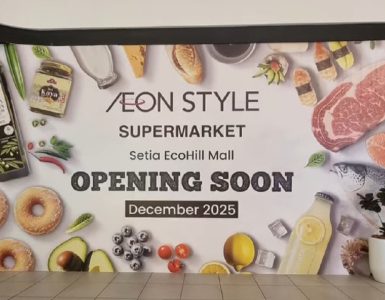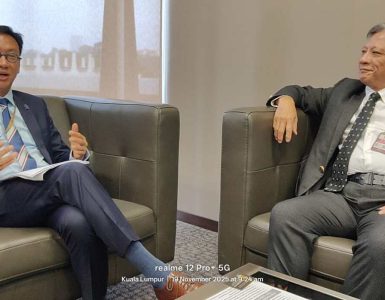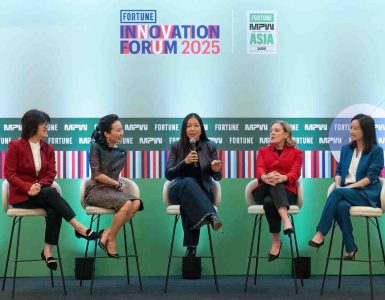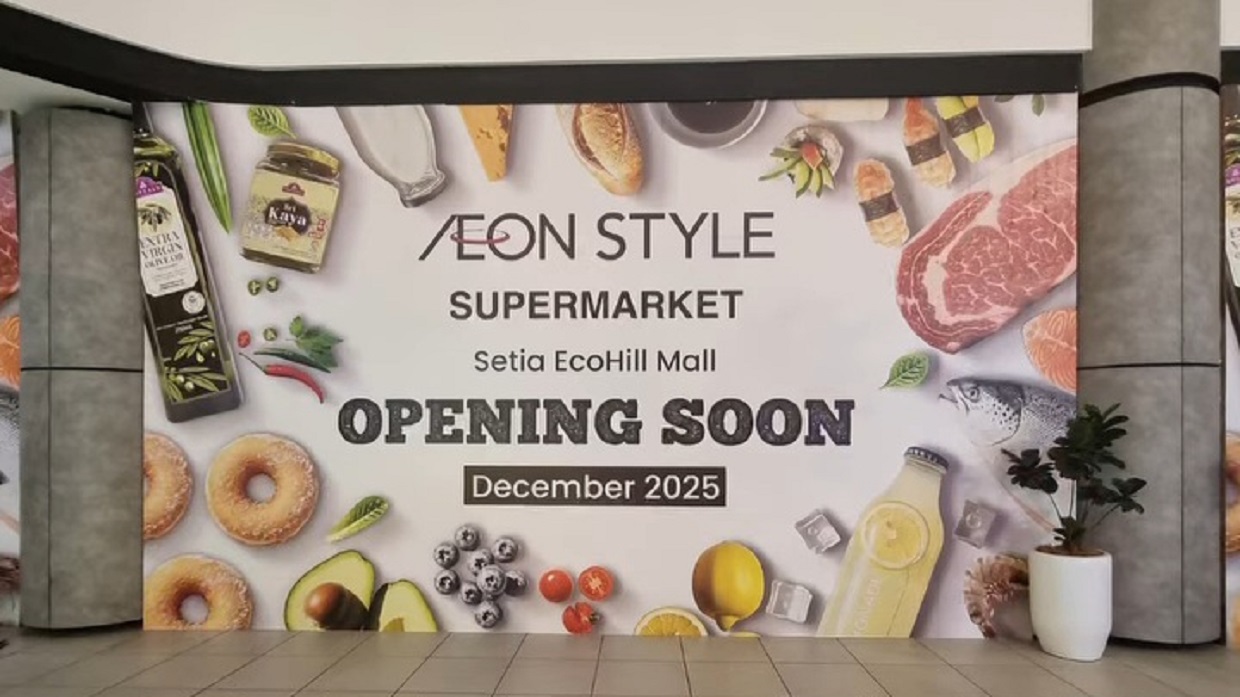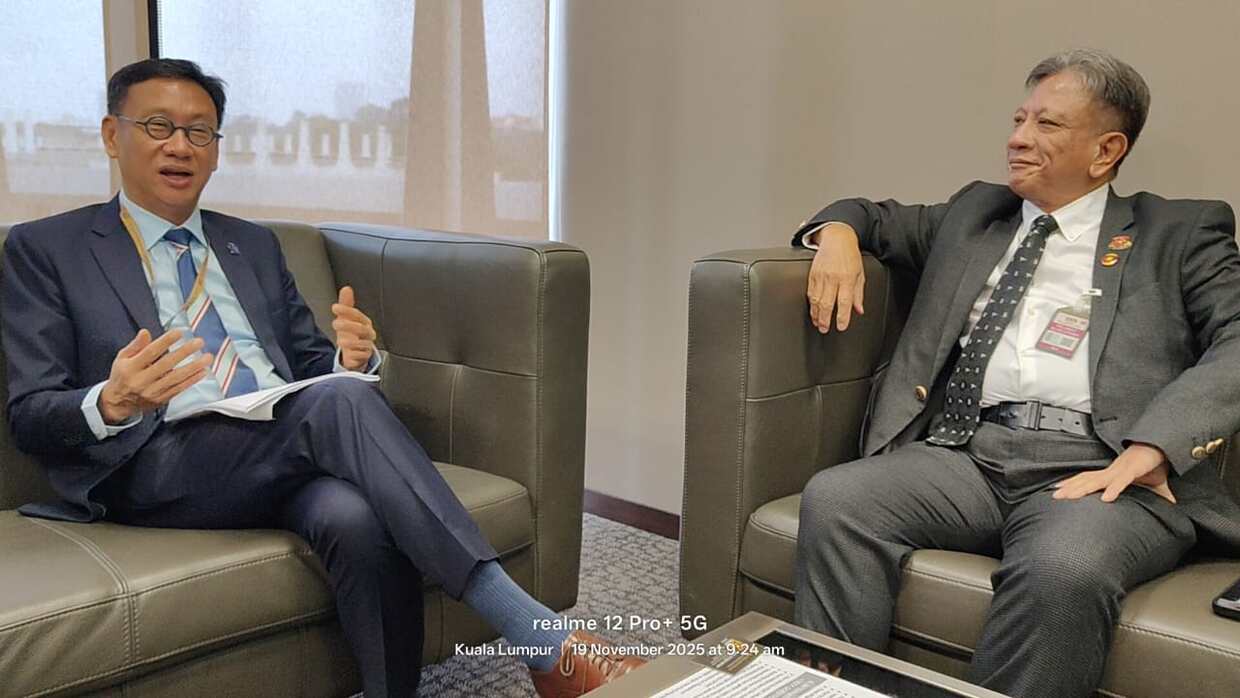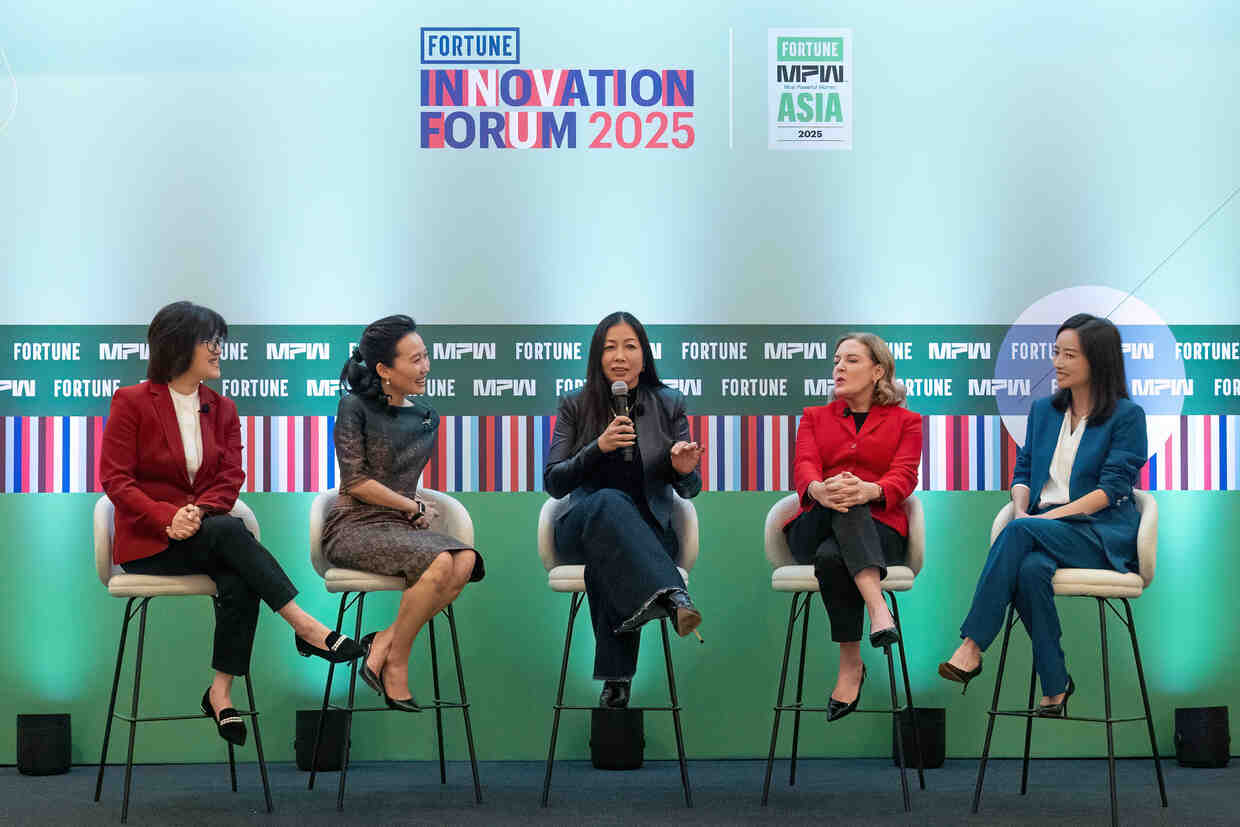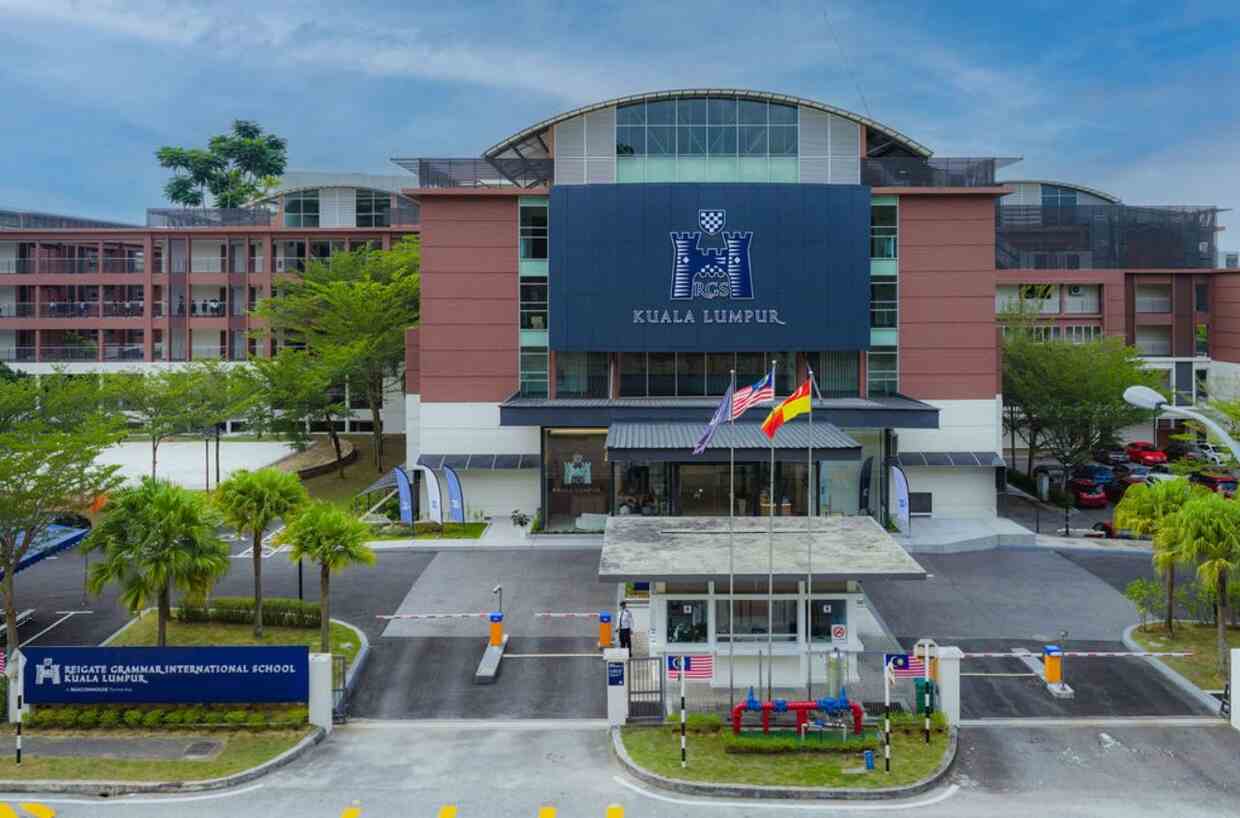Speaking to people with disabilities advocate Peter Tan, Komunitikini got the rundown on the current situation and challenges faced by the disabled community in Malaysia.
Tan, a trained peer counselor, said that despite existing legislation for building proper facilities for the disabled there was still a lack of accessible facilities for the community.
“My trips out are still limited to places that have some basic accessible facilities such as ramps, (disabled) toilets and elevators.” The lack of these facilities hamper Tan and others like him who struggle with an environment that does not take into account their challenges in doing something as fundamental as moving around.
“
Citing the existence of the Uniform Building By-Law 34A, which had been in existence since the mid-90s, he said that the law required new buildings to provide access for the disabled. Builds already completed or under construction when the by-law was gazetted were given three years to comply with the applicable standards for construction: Malaysian standards MS 1183 and 1184.
“15 years on,” he noted, “Many buildings still do not comply with those requirements.”
Another problem, Tan noted is the lack of enforcement of said standards.
“Compliance with the UBBL 34A is the responsibility of the local governments, but they do not have qualified personnel to ensure compliance.”
Of the newer buildings that do include disabled facilities, Tan said that often the facilities were not built according to standards. For instance, disabled toilet stalls that were too small, doors that open inside, ramps that were too steep were common problems coupled with street environments that Tan called “totally hostile to disabled people.”
He noted The Gardens at Mid Valley City as an example of near perfect accessible facilities. “If not for the ramp leading to the lift lobby at P2.” Tan said the ramp had a flaw that could cause a wheelchair to tip backwards.
What irks Tan is that though there may be accessible buildings, getting to them is difficult. “What we have here is an island of accessible facilities in an ocean of barriers, ” he said. He called it a circle of mobility that was, for most disabled people, broken in many parts.
Asked about what could be done about the situation, Tan said one step would be for the disabled to unite and find a common platform.
“Many are interested in charity at the expense of advocating for the rights of disabled people.
“First, we need to come together and work together for the common good. Our voices cannot be heard if we don’t speak in a united voice.
“There are too many people trying to do the same thing,” he said.



